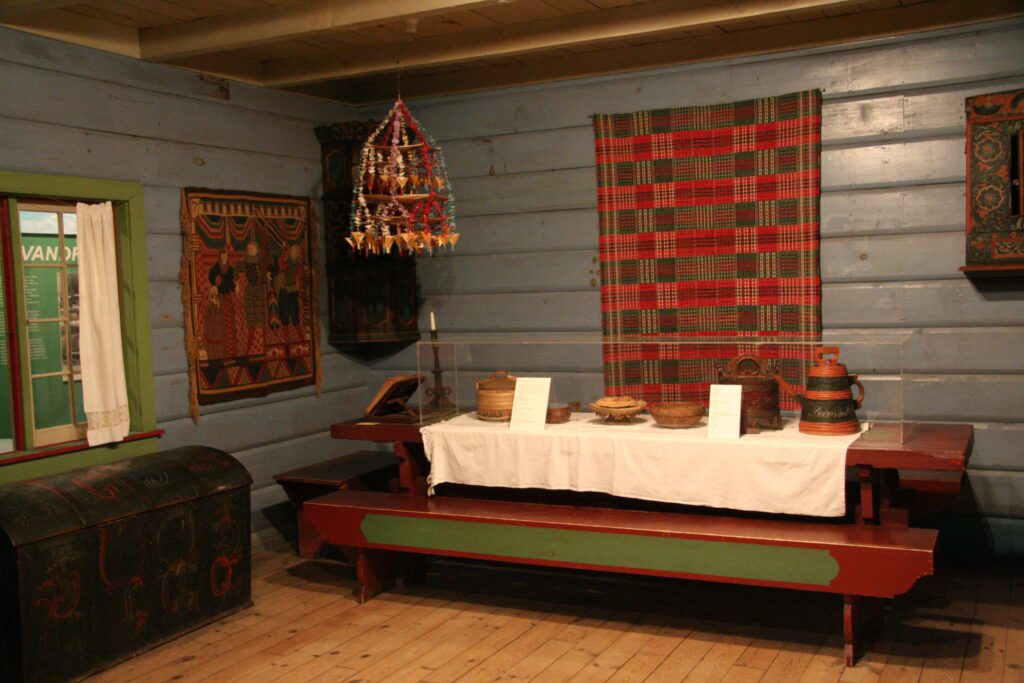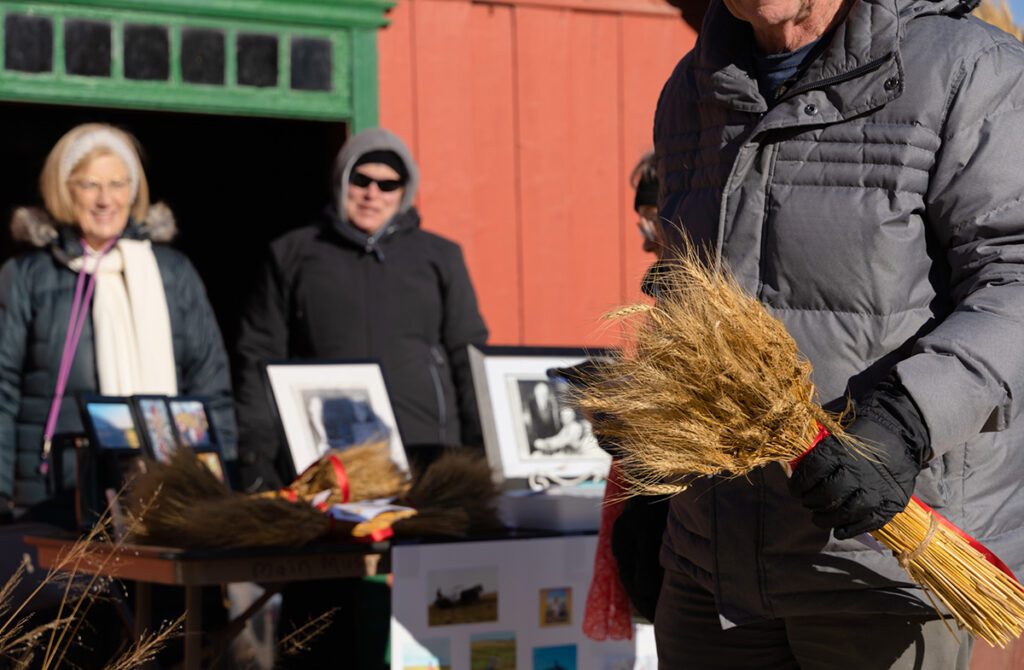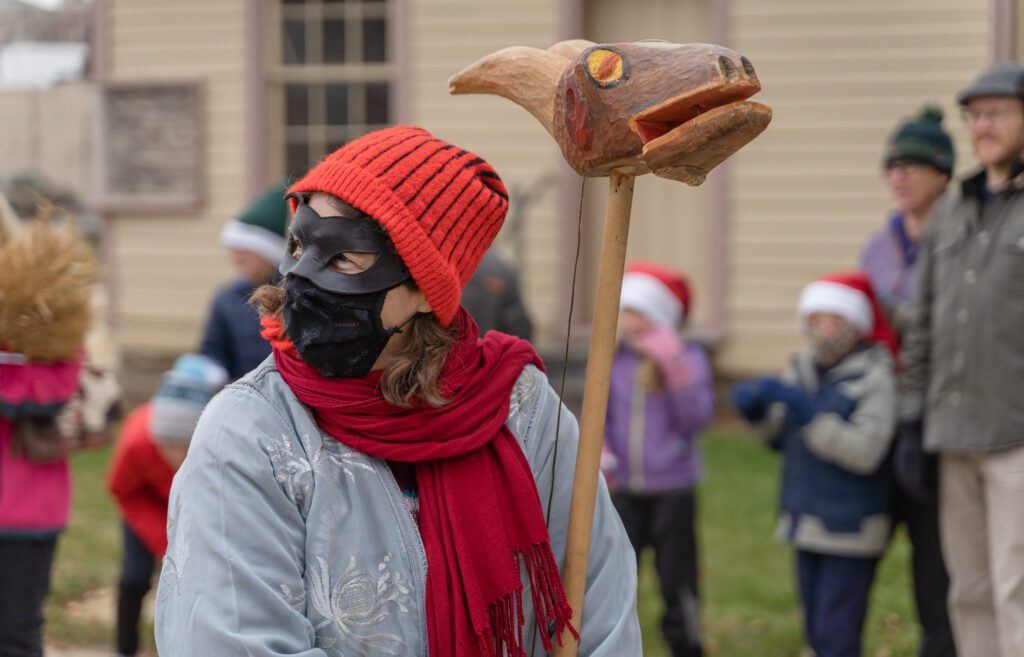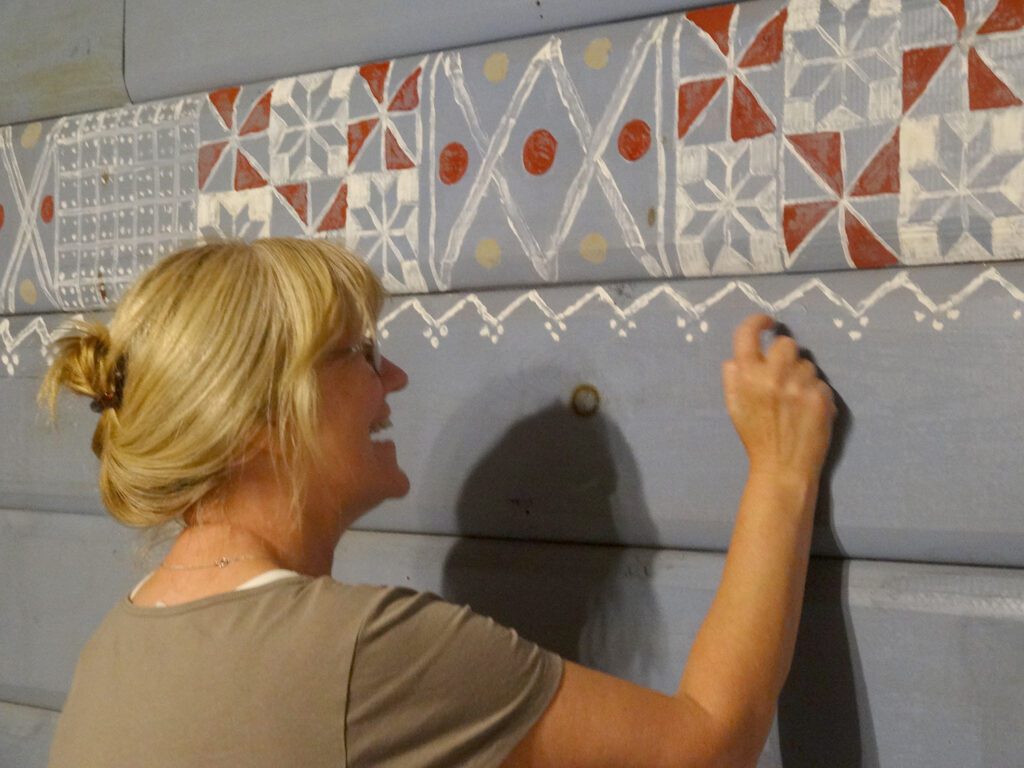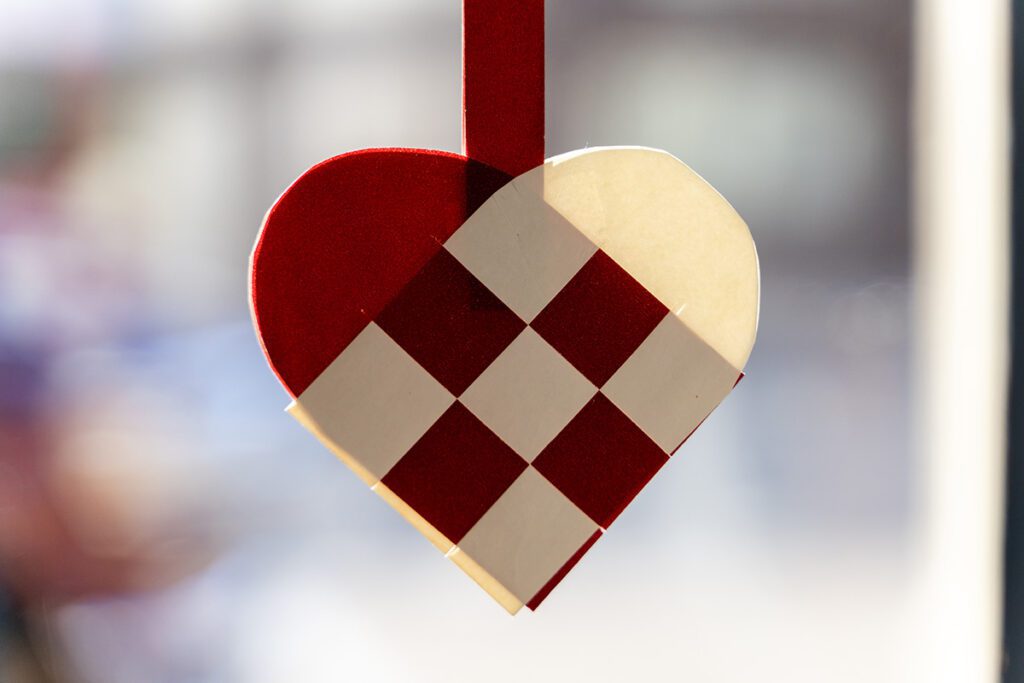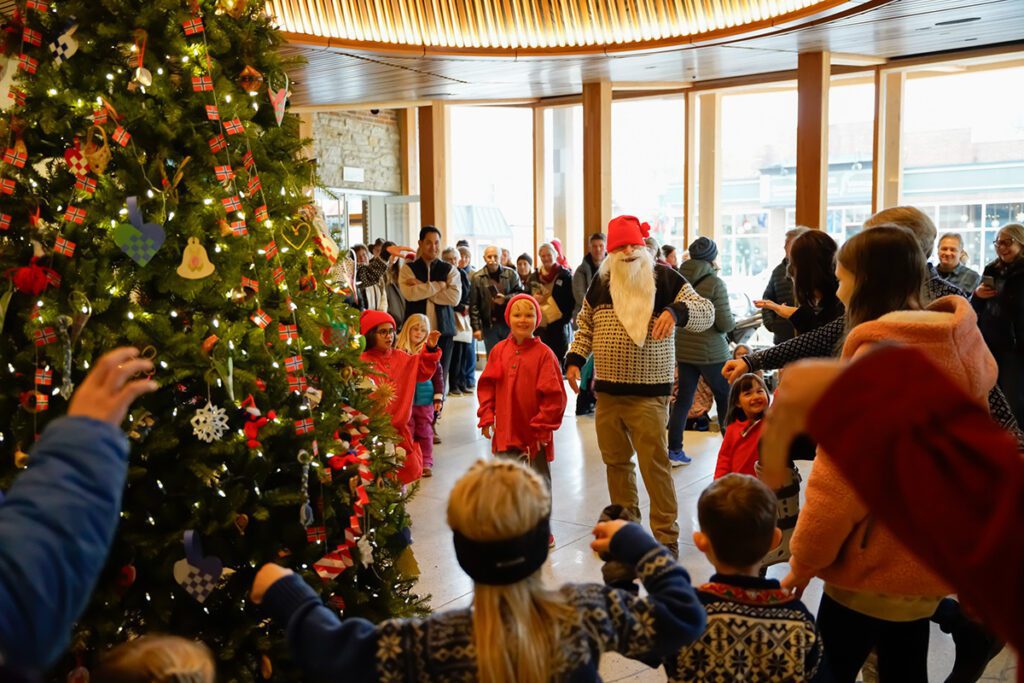Do you have special holiday traditions – activities, food, decorations – that you include in your celebrations every year? Do you ever add to them or change them over time?
Norway has many traditions specific to Christmas, and Norwegian-American immigrants brought them and adapted them over time. Have you ever wondered where Norwegian Christmas traditions came from? Have you ever wondered where your family’s traditions came from?
Check out this short video with Jennifer Kovarik, Vesterheim’s Collection Manager, and learn about the julebukk. This piece in the Vesterheim collection – 2007.003.001 – Museum Purchase. Subscribe to our YouTube channel and check back for more Collection Spotlights like this here!

